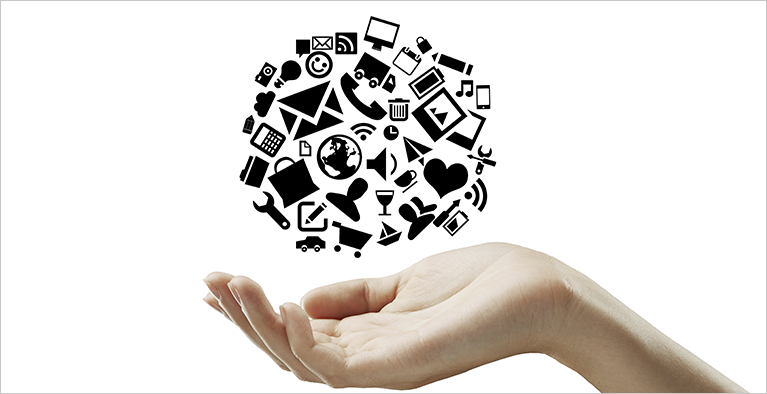In the tech industry, especially us marketing technology providers, have a tendency to overuse buzz words and phraseology. And, as we all know, leopards don’t change their spots. So, when I was asked to draft a post on The Internet of Things (IoT), I contemplated using the following for a post title: Death to the Smartphone.
But does IoT mean that the smartphone is going away? Do a quick Google search and many bloggers say yes. But we haven’t even perfected our use of the smartphone yet, especially in terms of connecting with the consumer. In addition, consider this data:
- Nearly 3/4’s of all people in the US that access the Internet also use a smartphone
- Depending on your source, estimates show that 70-90% of the US population access the Internet
Talk about mass market!
On the other hand, according to Kantar Worldpanel ComTech surveys, approximately 1% of people worldwide are using wearables. Of course, this dismal market penetration is only expected to grow. But is it possible that it grow so quickly that IoT is a main driver of how marketers communicate with the consumer in 2020? Keep in mind, 2020 is only five years away.
For those of you that are new to the Internet of Things, let’s look to research giant Gartner for a quick overview. Per Gartner, IoT is “the network of dedicated physical objects (things) that contain embedded technology to sense or interact with their internal state or external environment … comprises an ecosystem that includes things, communication, applications and data analysis.”
In short, IoT encompasses devices that talk to one another. Of course, there are already successful use cases of the effectiveness of IoT in many industries, including energy and healthcare. For instance, IoT drives effective energy useage with sensors that monitor levels and adjust for peak versus downtime. In healthcare, IoT can fundamentally change the way the medical industry delivers care, especially for chronic disease management, such as continuous health monitoring (as opposed to periodic) for patients with congestive heart failure.
But for other industries, like we’re seeing with Big Data, the use cases might not be as clear. Here’s the most fundamental “truth” when marketers and other digital professionals consider IoT:
Your customer is always online.
Today, your customer is online much of the time via their smartphone. And marketers are just beginning to scratch the surface here and leverage mobile devices to employ location-based marketing tactics and mobile offers. With any sort of digital interaction, the marketer has the ability to collect behavioral information, analyze and take action. Now that we recognize that customers are always online, let’s consider the ramification:
Marketers should always be ON to their customers.
What I mean by this is that marketers should take every viable opportunity to leverage customer data in order to enhance the shopper relationship. Since the consumer is always online, there are many data points that one can glean. With wearables, the data point volume rises exponentially. I recently ran across a research report from RSR, which noted that retail marketers are moving from emphasizing information distribution to their customers (i.e., store location, inventory availability, etc.) to emphasizing understanding the customer. The latter allowing the retail marketer to give the consumer the right information at the right place and the right time, via the right channel.
So, here’s the thing. IoT is big. It WILL change the way B2C businesses interact with the consumer (which I will explore in my next post).
But, marketers and IT professionals shouldn’t be distracted by IoT. Yes, it’s important. But it’s more important to keep your eye on the prize, that is, keeping the customer at the center of your customer marketing and marketing technology strategy.


























